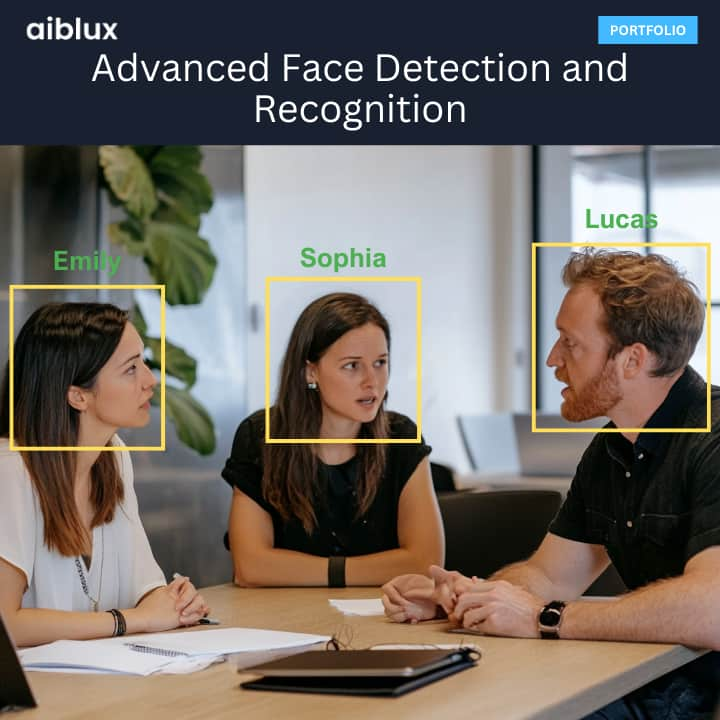Loitering classification based on Frigate

Overview
The Loitering Classification System is a surveillance tool designed to classify and track loitering behavior using real-time video feeds from a network video recorder (Frigate NVR). This system employs face detection, recognition, and movement pattern analysis to detect unauthorized or suspicious activity within designated zones. It leverages a combination of real-time data processing, facial detection, and spatial heatmaps to evaluate loitering cases and generate alerts when necessary.
Objectives
- Real-time Surveillance: Monitor live feeds from Frigate NVR to detect and classify loitering behavior.
- Face Detection and Recognition: Identify individuals by comparing detected faces with a known database and classify them as recognized or unrecognized.
- Loitering Detection: Analyze movement patterns in predefined restricted zones and detect loitering based on various cases like restricted zones, movement patterns, and time zones.
- Database Integration: Store and manage event data, including loitering incidents and recognized face entries, for further analysis.
- Heatmap Generation: Track and visualize high-sensitivity areas using heatmaps to monitor loitering activities over time.
Technical Architecture
Frigate NVR Module:
- Continuously receives real-time data (Event ID, Label, Camera, Start/End Time, Bounding Boxes, etc.) from the surveillance system.
- Manages event IDs by maintaining a list to track processed and unprocessed events.
- Passes bounding boxes to the face detection module and communicates with other modules based on whether the face is recognized or not.
Database Module:
- Uses SQLite3 to store event details.
- Handles the classification of events, saving loitering cases in the database and archiving known face data.
Face Detection Module:
- Receives images and bounding boxes from the Frigate NVR module.
- Detects faces within the image and, if enabled, compares detected faces with known face encodings to determine recognition.
- Outputs whether the detected face is recognized or unrecognized and sends the result back to the Frigate NVR module.
Heat Map Module:
- Monitors restricted zones for the presence of unrecognized faces.
- Measures the time the unrecognized face remains in sensitive zones and generates heatmaps to track high-loitering areas.
Real-Time Processing Module:
- Analyzes loitering scenarios based on movement patterns, restricted zones, and reappearing event IDs.
- Manages cases using various methods:
- Restricted Zones: Classifies loitering based on predefined high-sensitivity areas.
- Pattern Analysis: Detects movement patterns using a grid and calculates sensitivity based on reappearances.
- Time Zones: Detects loitering based on time differences between reappearances of event IDs.
Tech Stack
- Programming Language: Python
- Database: SQLite3
- Video Management: Frigate NVR
- Face Detection and Recognition:
- Bounding Box Detection
- Cosine Similarity (for face recognition, if enabled)
- Modules:
- Real-Time Processing: Analyzes loitering behavior based on different cases (Restricted Zones, Pattern Analysis, Time Zones).
- Heat Map Generation: For visualizing high-loitering areas based on real-time data.
- Pattern Detection: Rolling window technique for movement analysis and loitering classification.
Conclusion
The loitering classification system offers a comprehensive solution for detecting and tracking loitering behavior in real-time through the integration of various modules. By combining video feeds with face detection, movement pattern analysis, and heatmap visualization, the system can efficiently monitor restricted zones, identify potential security threats, and store relevant data for future analysis. This technology ensures enhanced surveillance with a focus on automated loitering detection and classification, making it a valuable tool for security purposes in restricted or sensitive areas.
For more information on how aiblux can help you with custom software solutions, contact us or explore our services.


